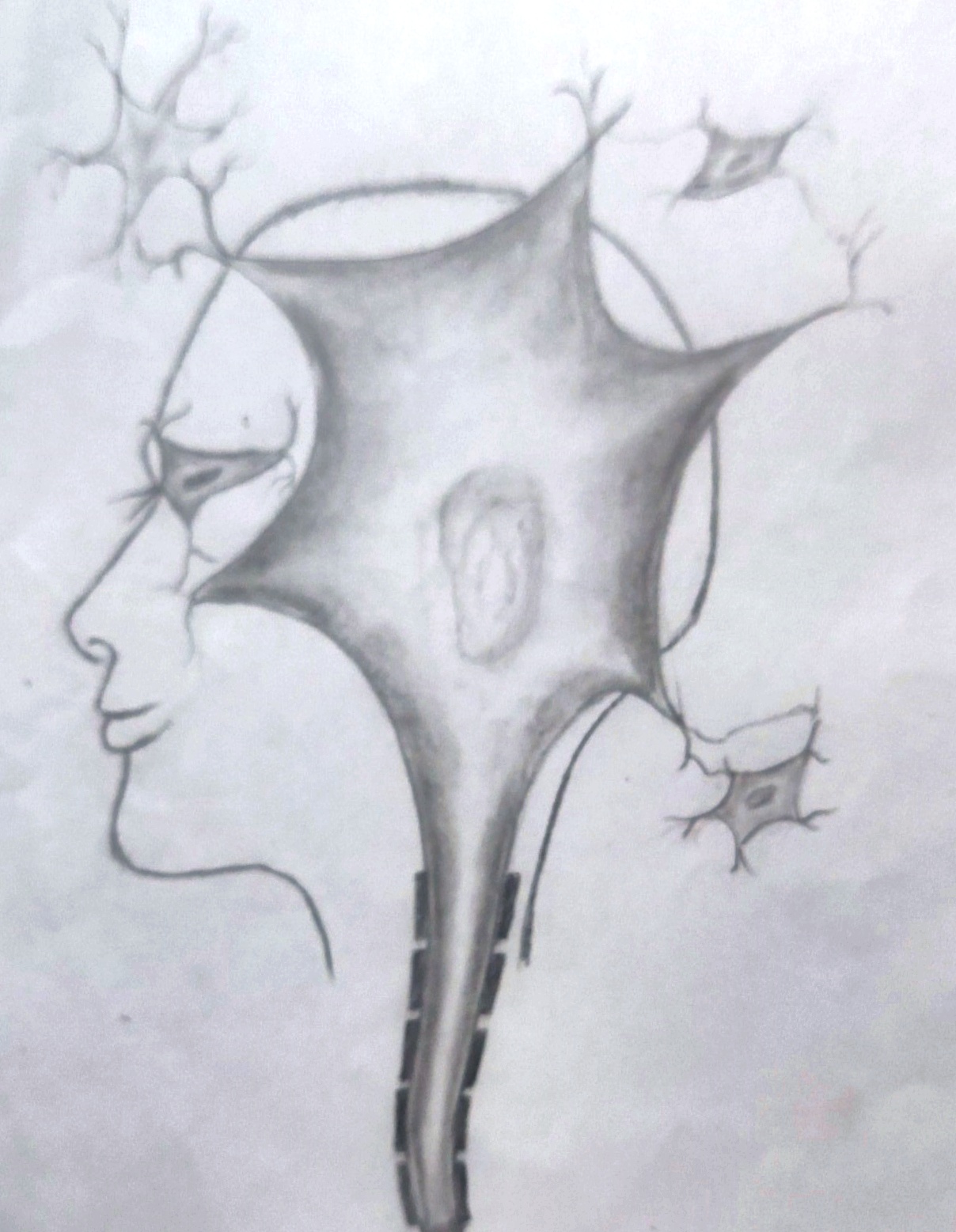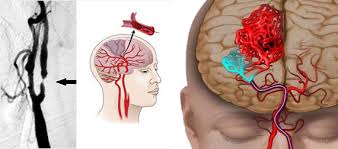+918042781750

This is your website preview.
Currently it only shows your basic business info. Start adding relevant business details such as description, images and products or services to gain your customers attention by using Boost 360 android app / iOS App / web portal.
Description
Disruption of blood supply to any part of the brain due to rupture of blood vessel carrying oxygen and nutrients to the brain, or blockage of the blood vessel due to the formation of a clot is termed as Stroke. When the supply of oxygen and nutrients is disrupted, brain cell gets damaged. As the brain cells or neurons, once damaged are incapable of self regeneration, they die quickly sometimes causing damage beyond repair to the person. Stroke is a medical emergency and needs urgent medical attention. What is Stroke? What are the causes of Stroke? The main types of Stroke are Ischemic and Hemorrhagic. Ischemic Stroke – caused by a blood clot – Ischemic means a reduced blood and oxygen supply to a part of the body. It is usually caused by a blood clot in an artery, which blocks the flow of blood into the brain. Hemorrhagic Stroke – caused by bleeding – A damage or weakened artery may burst and bleed. What are the symptoms of a Stroke? The functions of the different parts of the body are controlled by different parts of the brain. So, the symptoms vary depending on which part of the brain is affected and on the size of the damaged area. Symptoms develop suddenly and usually include one or more of the following: Symptoms What should one do if a patient develops the symptoms? “TIME IS BRAIN” because every minute delay in stroke treatment leads to death of approximately 2 million neurons. Therefore, the patient should be rushed to a hospital immediately which has a Stroke Unit with CT / MRI facility. How is Stroke diagnosed? A Doctor usually diagnoses a Stroke by symptoms and signs which develop suddenly. Tests which are commonly done to diagnose: How is Stroke diagnosed? How to prevent Stroke? Certain risk factors increase your risk of having a Stroke (and heart attack). The risk factors that can be modified are: LIVING AFTER STROKE COMMUNICATION ISSUES Post-stroke, communication issues are common. Patients may find that they are using wrong word or unable to form sentences or repeating the words. Patients may misunderstand what people are saying, hence sometimes patients may come with slurred speech. Tips for staying connected Focus on a single task. Write things down before saying them. Try using short written notes. Keep a pencil and paper handy. Not able to write? Try gestures or hand signals. Get the individual’s attention. Say slowly and clearly. Don’t interrupt. Pay attention to body language. Give one idea at a time. Use yes or no questions. Repeat or re-word the sentences. CHALLENGES WITH ARMS AND LEGS Stroke can leave one side of the body paralyzed or weakened. Muscles Problems Stroke can affect muscles of arms, legs, hands and feet. Muscles can shorten and become very tight, a condition called spasticity. Or sometimes they might become limp and soft. These muscle changes may cause problems with the joints they support. Treatment with muscle difficulties / issues may involve: Using splints or orthotics Proper positioning Exercise Physiotherapy Muscle may lead to uncontrolled, awkward movements SWALLOWING DIFFICULTIES (DYSPHAGIA) Stroke can leave one side of the body paralyzed or weakened. A problem in swallowing food / drink is called Dysphagia. This happens when one has trouble using the muscles in one’s throat or mouth. Dysphagia may cause malnutrition or dehydration. Following are some of safe eating tips: Don’t talk while chewing. Make sure to sit in right position (Straight up). Cut food into small bites. Chew food completely on the stronger side of your mouth. Getting adequate fluids Due to difficulty in swallowing, people avoid drinking water. This may cause problems like dehydration or constipation. Make sure to drink decent number of cups a day of noncaffeinated, non-carbonated fluids that are easiest to swallow. Keep a water bottle filled with the right liquid close by at all times.

 +918042781750
+918042781750
